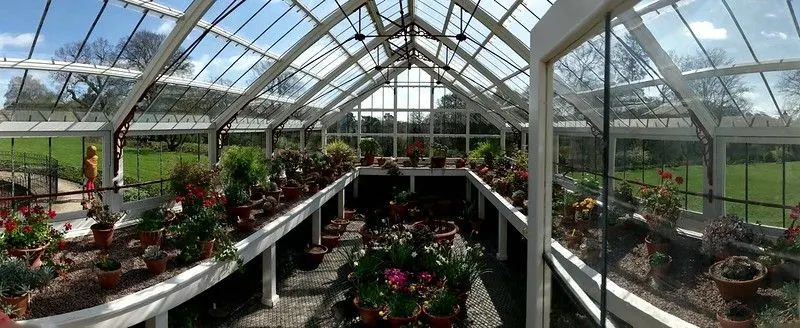The science behind greenhouse heating systems is to trap air and light. They are made to preserve off-season fruits and vegetables by managing temperature. While greenhouses absorb heat, they need help keeping warm during the colder months, and here’s what you need to do.
A greenhouse needs appropriate ventilation and direct sunlight exposure. It is crucial to know how to keep a greenhouse warm in winter. You can do this by harnessing the force of nature and heating a small greenhouse.
The secret to greenhouse heating without electricity is to take advantage of the sun. Use the sun’s heat through your greenhouse construction, even in cool temperatures.
Many people doubt the probability to heat a small greenhouse without using electricity. Most of them ask, “Do greenhouses work in winter?” And are hopeful to lengthen the growing season during winter.
The good news is that it is possible. I’m revealing the techniques for heating a greenhouse in winter, which you can follow. Here are what you need to prepare to get your greenhouse heated before the latest frost date.
Materials Needed
- Organic Material e.g., large compost pile
- Straw or Rice Husks
- Small stones or gravel
- Glass Window Screen
- Soil
- Water
- Ceramic pots
- Solar panels
- White or black paint
Follow These Steps on How to Heat a Greenhouse Without Electricity
Step 1: Choose the Right Location for your Greenhouse
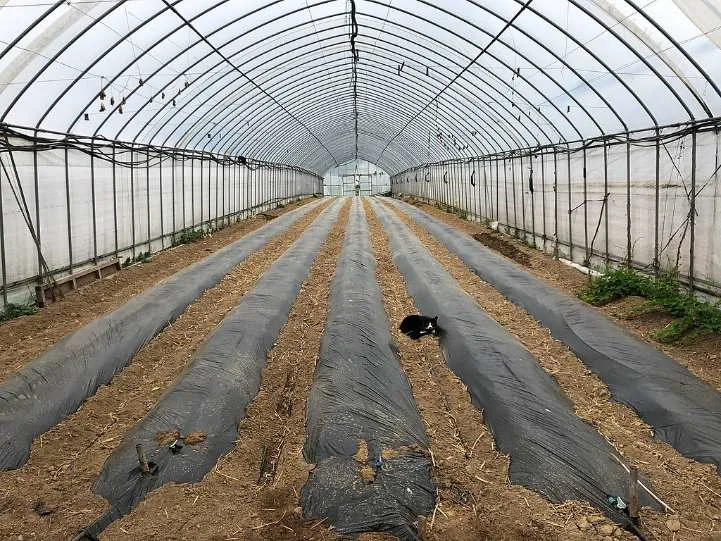
The first step in heating your greenhouse without power is to choose the right location. Locate it directly from the sun, as it is a free and natural energy source.
When deciding where to build your greenhouse, locate it within an area without barriers. Choose a location clear of shadow-producing obstructions, such as mountains or trees. It’s important because as the sun rises during the day, you want your greenhouse to receive enough sunlight.
See Related: Best Portable Greenhouses to Buy Today
Step 2: Create Hotbeds from Compost Pile
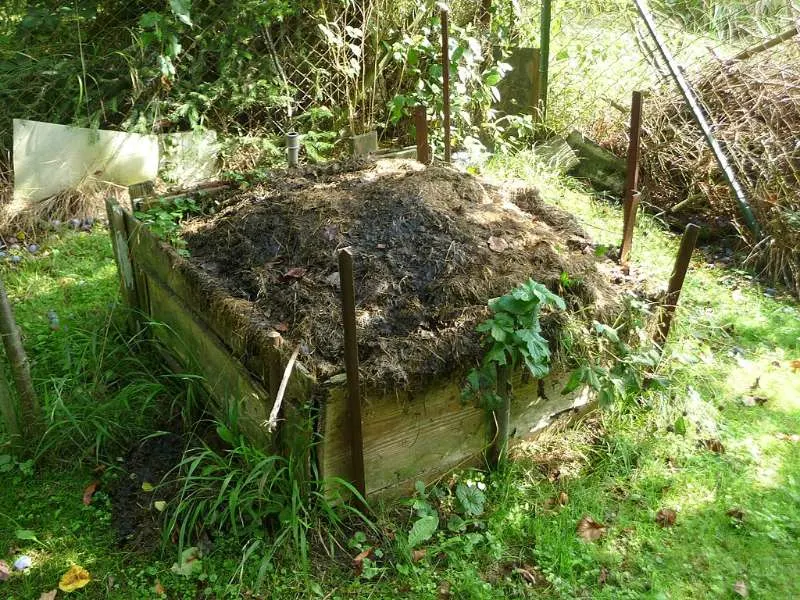
Another step is to use a compost pile through hotbeds for your greenhouse. Making hotbeds is a simple solution to supplying heat in a greenhouse. It is a raised bed filled from the decomposition process of horse manure or other organic materials.
It covers with a thin layer of fertilizers, such as warm soil or compost within which you can plant. You can consider a compost heap covered with soil/compost and used as a garden bed. A hotbed, like another compost heap, came from organic materials. A healthy combination of nitrogen-rich and carbon-rich or brown elements is ideal.
See Related: Best Eco-Friendly Fireplaces: Top Sustainable Alternatives
How to Create a HotBed
A hotbed is created from horse manure and rice husks. But, you are not required to use horse waste and straw. To achieve the same result and generate heat, you can use other organic matter to build your own hotbed.
After placing the materials, cover your raised beds with soil and a large compost pile. A 1:1 mixture works well for me. And you can create the compost from scratch. But if you don’t have your own compost, ensure to find and buy a peat-free variant.
To obtain an ideal temperature of roughly 75 ℉, the thermal ingredient to soil ratio should be 3:1. With this, the depth of your soil and composting rooting medium should be 20-30cm deep.
Hotbeds produce heat from below. As the components in the hotbed degrade, heat is created. A hotbed offers delicate natural heat, which can be an alternative to more expensive ways of heating a greenhouse during winter months.
Cover Hotbed for Heat Retention
Cloches or panel covers inside your greenhouse facilitate heat retention and may keep your hotbeds warm on cold nights. You could also try covering your hotbed with the following materials:
- An old glass window screen.
- Sheets made from recycled polycarbonate.
- A plastic row cover, a tiny window box, or a greenhouse.
See Related: Best Lean To Greenhouses | Side of House Options
Step 3: Add Thermal Mass to Regulate Greenhouse Temperature
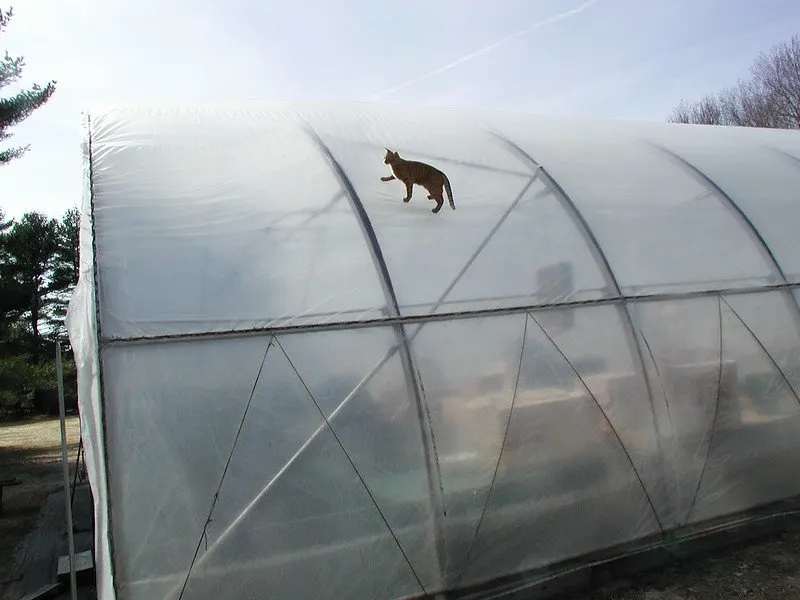
After creating a compost pit inside the greenhouse, you can add more thermal mass elements. Before considering heating systems, you can consider how to capture the heat already present in the system. By using thermal mass heating, you can take steps to boost your greenhouse’s thermal mass.
High thermal mass materials gather and store thermal energy from the sun, then unleash it when the temperature drops at night. High thermal mass materials are soil, stone, water, bricks, and ceramics.
We can collect and store extra energy and adjust temperatures by integrating these materials in a greenhouse. Here are some ideas for increasing thermal mass in a greenhouse to regulate a winter greenhouse:
See Related: Best Off-Grid Greenhouse Heating Systems
Place a Gallon Filled with Water to Heat your Greenhouse
Water can help reduce greenhouse heating costs! How? Water is a liquid with a high thermal mass.
In the summer, water creates heat to regulate temperature. And in the winter, it will retain heat to keep the greenhouse warm. You can add a lot of thermal mass to your greenhouse by stacking several gallons of water.
Paint the barrels black and pile them in direct sunlight. You can put more tender plants, such as seedling trays or warm-season crops, near the barrels as they will become warmer.
Construct single or numerous reservoirs, including a water-holding trench. Place it inside the greenhouse at an angle so that sunlight reflects off it and enters the building. This reflected light has the potential to give warmth to the greenhouse.
The thermal mass may be easier to install, but it can be slow to respond. The heat takes longer to spread throughout the greenhouse, decreasing its efficiency.
However, because of the low upfront investment, adding thermal mass to a greenhouse is a common method for lengthening the growing season. And it will definitely take your greenhouse to the next level.
Add Insulation Elements to Facilitate Heating for Plants Inside the Greenhouse
Before you consider heating the space, evaluate how to keep the existing heat from leaking. A greenhouse provides one layer of protection, but not a superb one. You can place glass structures or translucent plastic sheeting as they heat up quickly.
Consider adding an interior layer to the foundation of your greenhouse. A second layer beneath the existing glass or plastic can keep the space warm all winter months. You can also repurpose bubble wrap to line the inside of a greenhouse.
Even if you don’t have the time or money to construct a double-skinned layer to heat your greenhouse this winter, adding extra insulation for tender plants would be helpful. For example, you could:
- Use tiny pots, such as disposable drink bottles or old milk containers to protect individual plants in your mini greenhouse
- Wrap individual plants in agricultural cotton or organic material, such as recycled old clothes and textiles
- Use panel coverings or mini-polytunnels to add an extra layer of protection for your greenhouse in winter
See Related: Best Greenhouse Paint & Spray-On Shading
Use Bubble Wrap to Insulate the Entire Greenhouse
To maximize the heat and light, you can use agricultural or horticultural bubble wrap to insulate the entire greenhouse. Bubble wrap allows more light to pass through. And it is also UV stable.
Cut the bubble wrap to the desired size. Measure the sidewalls, corners, and bubble wrap the entire place. The air contained inside the bubble acts as a strong insulator, preventing rapid temperature changes.
It is one of the simplest methods for heating a greenhouse.
See Related: Best Greenhouse Lights for Plant Growth
Step 4: Build a Greenhouse Heat Sink
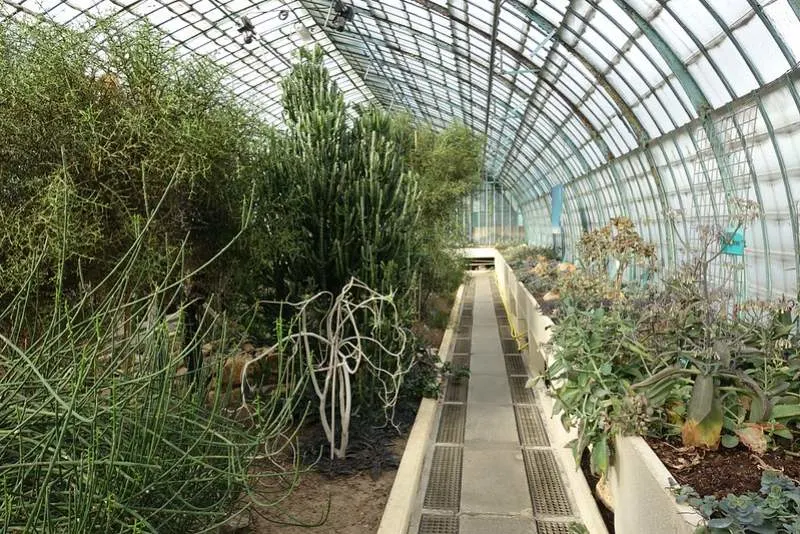
Rather than installing a solar greenhouse heater, you can opt to have a natural self-heating option. A self-heating greenhouse absorbs, stores, and recirculates heat using passive non-electrical mechanisms. You’re one step closer to a sustainable and environmental greenhouse by developing passive solar heating systems.
An example is a heat sink or also called a heated cellar. It is an insulated basement pit that stores thermal energy and facilitates consistent temperature control to heat a greenhouse.
A heat pile is a type of thermal mass, a heat-storing material that gathers and redistributes heat into your greenhouse. It is good for plants placed on the floor and is sufficient to protect them from frost. Here’s how to build them:
Digging the Trench
Dig a trench, especially in the winter, since underground is warmer above ground. Building a greenhouse into the ground can regulate temperatures and keep the environment warm. The depth of the sink is determined by the size of your greenhouse—the larger the house, the larger the storage tank.
Build your pump near the center of your greenhouse, where it will retain and transport heat. Place it away from the walls because it facilitates heat loss.
Fill your Trench
Fill your sink with any solid, heat-retaining substance. Brick, concrete, and gravel are common filler materials. To create heat, choose a material and design that eliminates air spaces between the layers.
Install Proper Ventilation
Adding pipes to your sink can improve the movement of warm air from the pit into the greenhouse. Ensure the piping isn’t too skinny or weak, or the materials will shatter them!
Furthermore, ensure that your greenhouse has an appropriate airflow system to maximize the efficiency of your heat source. Include fans to help move heat away from the pit when it rises, and make the heat absorbed by the greenhouse in winter.
See Related: Best Glass Greenhouses in 2023
Step 5: Use Hot Water Heating
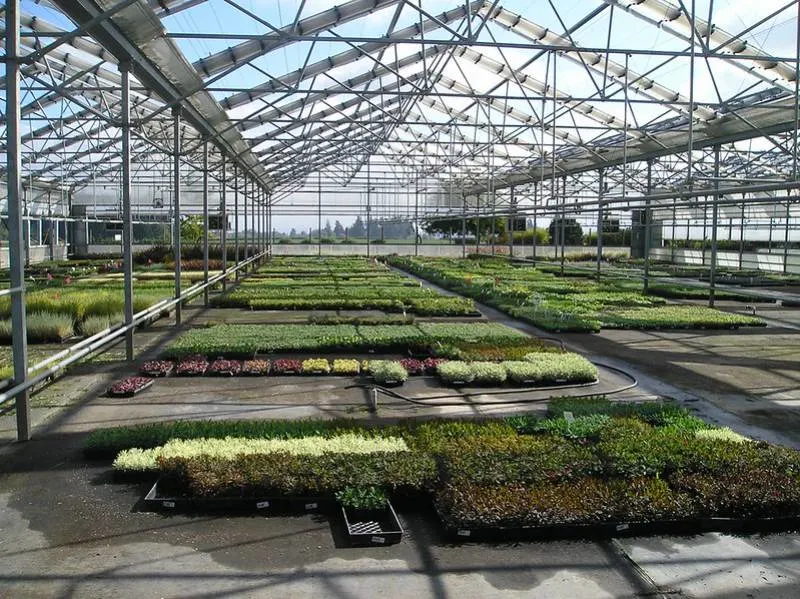
Another option for providing more heat from underneath is to install a hot water heating system in your greenhouse beds. In nineteenth-century greenhouses, hot water heating systems were common. However, the water was heated by coal boilers back then.
Fortunately, there are a few more eco-friendly options for heating systems today.
The first option is to build or purchase solar water heating panels. These are not energy-generating solar panels, but structures that enable the sun to heat water. These are also known as hydronic heating systems.
Another thing to explore if you want to heat water in a simple approach is coiling pipes within a composting system. The heat generated by the decomposing elements is from the compost heap. Passing water pipes through a compost heap before running them into your raised bed will transmit heat and keep high temperatures inside.
Step 6: Heating Through a Ground Source Heat Pump
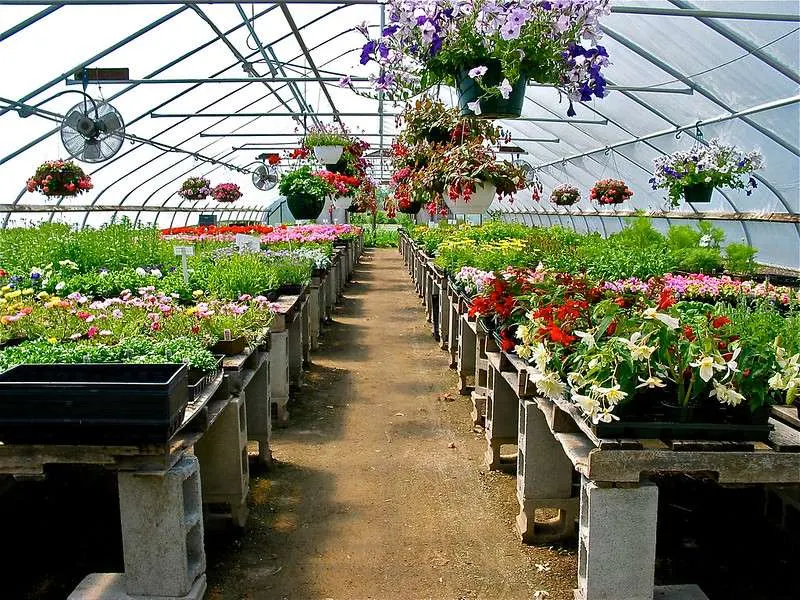
Another method of heating the room is to install pipes beneath a greenhouse to circulate air. A ground-to-air heat exchanger can make the most of the sun’s heat collected within the greenhouse during the day.
Pumps circulate heat and warm air from the greenhouse through network pipes beneath the soil. The soil collects energy, which is pumped back into the space to keep during winter months. You can manage the temperature inside your greenhouse and maintain them by utilizing the appropriate ventilation and a temperature controller.
Although more expensive, installing a ground source heat pump for your greenhouse is another option. It entails bringing up heat created beneath the ground to heat-enclosed growing areas.
Step 7: Heating Through Hot Ashes
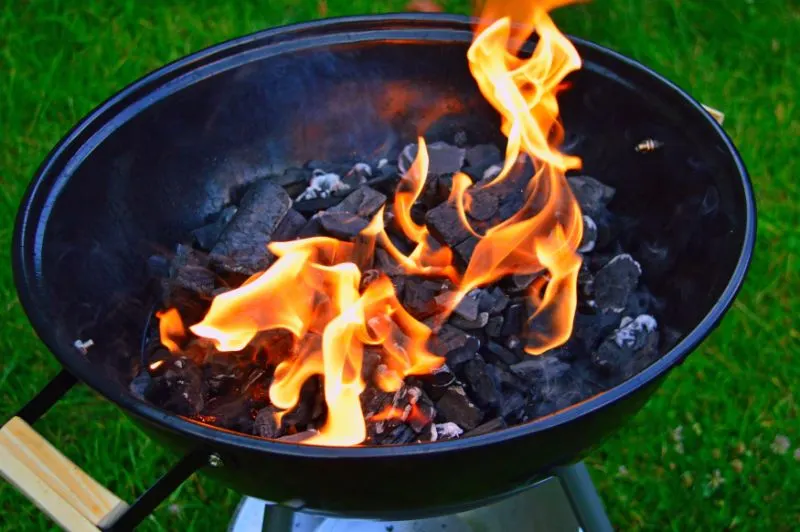
While I use most, if not all, of the solutions I’ve mentioned so far to heat my greenhouse. This step is by far my preferred greenhouse heater on cold nights.
You can put hot ashes in a metal bucket and set it on the ground in the middle of the greenhouse. The most crucial thing to remember is that the bucket will be hot, so be sure there is nothing around that might start a fire.
You can also have a wood stove that you use in the winter months, as it also heats a greenhouse’s floor space in cold air.
If you don’t have one, you can use the ashes from a fire pit or barrel to heat your winter greenhouse. It will emit heat for several hours before slowly cooling. You can place it in the greenhouse at night, depending on your location and the temperature.
Step 8: Build a Livestock to Heat your Greenhouse
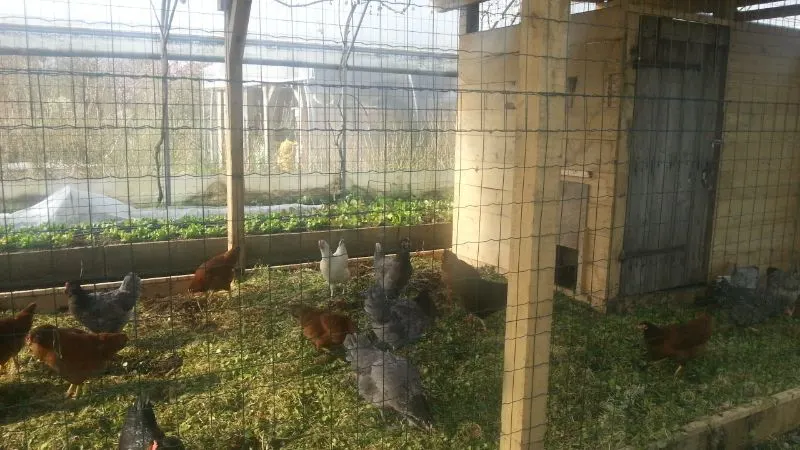
Combining plant production with livestock rearing is another approach to keep greenhouse plants warm enough in winter in a cold climate. Keeping chickens in one section of a greenhouse, while growing plants in another can be a good growth strategy.
The livestock animal’s body heat and the manure they produced can create heat. It can boost consistent temperature inside the greenhouse if you think about it.
Other livestock animals could be housed in one section of a greenhouse while plants are grown in another. The additional heating produced by these animals can help make temperature drops inside the greenhouse.
Step 9: Building Two Greenhouse Heating Systems
Recycling the same heat between two greenhouse structures can save great energy. You can create a tiny greenhouse inside your existing greenhouse. And ensure they are not vulnerable to other substances, such as outside water or humidity.
In the smaller greenhouse, you can plant tender plants. And you can grow bigger trees and hardy plants that can sustain cooler temperatures in a normal-sized greenhouse. This approach will use less heat to process, and you will consume less effort and energy heating them.
See Related: Best Energy Efficient Electric Heaters for Large Rooms
Step 10: Build a Brick Wall Inside the Greenhouse Structure
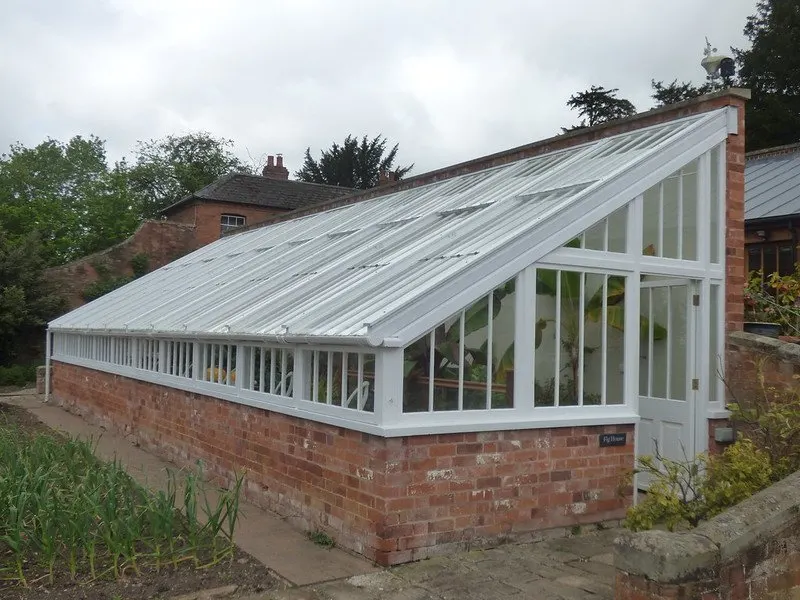
Heat is stored within brick or rock walls, and it can be used to generate warmth in the heated greenhouse. Build the brick wall in the opposite direction of the sun so that the greenhouse receives direct sunlight.
Choose between two paint options available. Painting it white will reflect more light around the place. While painting it black will collect heat and keep a high interior temperature. For improved heating capacity, add a layer of gravel or small stones to the wall.
Step 11: Use Paraffin Heaters as Supplemental Heating
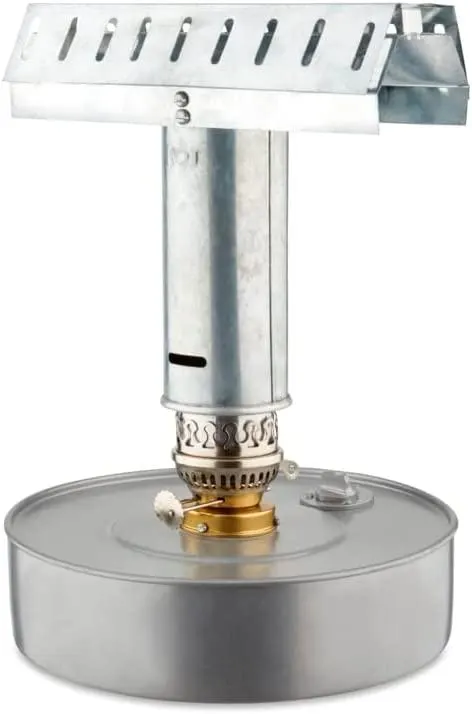
It is a cost-effective method of heating greenhouses without using electricity. Paraffin heaters run on fuel, which is less expensive than electricity. It is less expensive to run which makes it a better alternative for greenhouse growth.
It will allow you to save money and minimize greenhouse heating costs. Furthermore, these heaters emit Co2, and the photosynthetic process of heating for plants is heavily reliant on Co2 gas.
But the most important thing to consider with this approach is that it requires proper ventilation. Because without a suitable appropriate ventilation system, Co2 and humidity will build up, causing your plant to perish.
FAQ
How To Heat A Greenhouse For Free?
To heat your greenhouse for free, you can use insulation, use thermal mass to regulate greenhouse temperature, and create a compost pit. These solutions are effective to create heat with the use of available materials at home.
How To Heat A Greenhouse At Night?
Fill a black paint water jug and cover them with the edge of your window sill. Display them directly in the sun during the day. They will then release the absorbed heat during the evening.
Related Resources:

